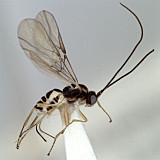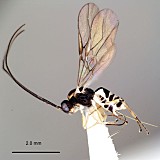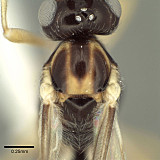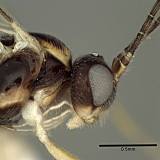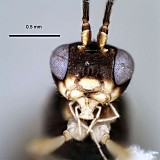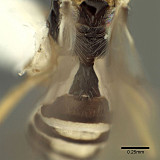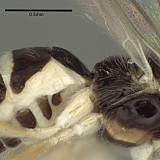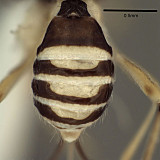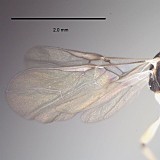Opius cablus Wharton, 2013
Holotype: Female, deposited in USNM.
There are no specimens currently determined for this OTU, or those specimens determined for this OTU are not yet mappable.
Guatemala: Sacatepequez:
Volcan de Agua, trail
from Ciudad Viejo,
19. X. 1990, A.L.Norrbom
Second label:
reared ex. stem of
undetermined plant (90G13)
probably ex. puparium
of Tephritidae sp., possibly
Trupanea sp.
This material is based upon work supported by the National Science Foundation under Grant Numbers DEB 0949027 and DEB 0328922 with REU supplement 1313933.
Any opinions, findings, and conclusions or recommendations expressed in this material are those of the author(s) and do not necessarily reflect the views of the National Science Foundation.

